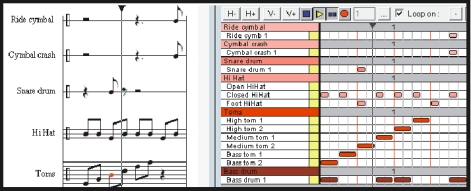

For instance, in Rimsky-Korsakov's Capriccio Espagnol in the Scena e canto gitano, the violins and cellos are instructed to play pizzicato "quasi guitara". Amusingly, in many cases the bowed-string or orchestral string instruments use the pizzicato technique to imitate the lute or guitar. But we guitarists always pluck the strings of our instrument don't we? But the meaning for guitarists is that much of the time we use this technique to imitate the pizzicato of the bowed-string family-violins, violas, cellos, basses. It comes from the Italian pizzicare, which means to pluck. I have always thought the word "pizzicato", abbreviated as "pizz.", (pronounced "pits") when applied to the guitar, is somewhat of a misnomer. The effect is canceled by using the word "normale" or "end pizz." Sometimes the word "Ėtouffé or "Ėtouffez" is used.

Pizzicato is usually notated using the word itself or the abbreviation "pizz". How is pizzicato notated in classical guitar music? Pizzicato "estridente" (strident or harsh).The guitarist plucks the string(s) with the thumb or fingers. This is done by placing the right side (the side opposite the thumb) of the palm of the hand on the bridge, slightly resting on the strings. To imitate this sound, the guitarist filters out the high frequencies of the note and shortens its decay. On the classical guitar, pizzicato is an effect that imitates the pizzicato of bowed-string instruments such as the violin or cello. This article may be reprinted, but please be considerate and give credit to Douglas Niedt.įrequently Asked Questions What is pizzicato and how do you play it?


 0 kommentar(er)
0 kommentar(er)
